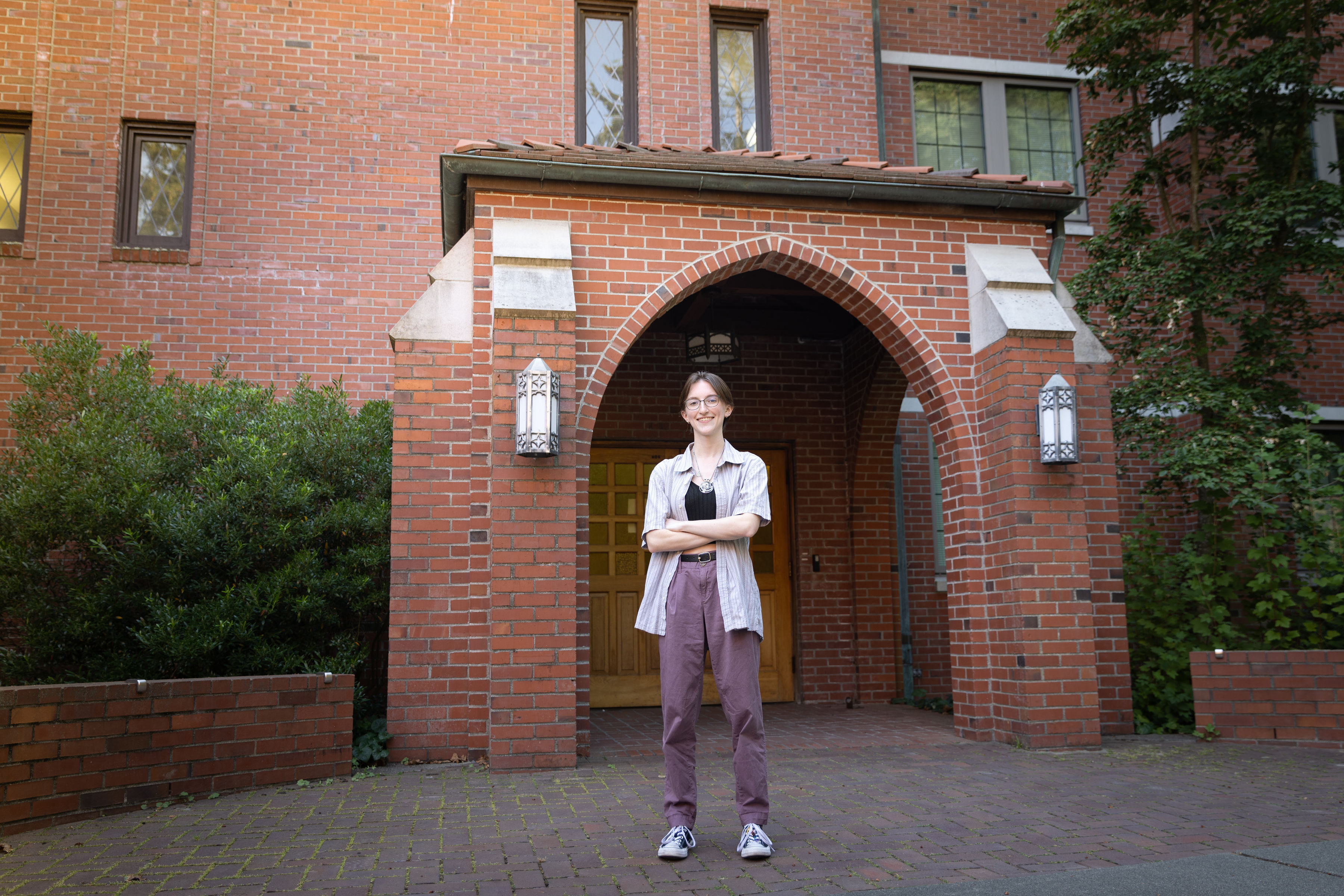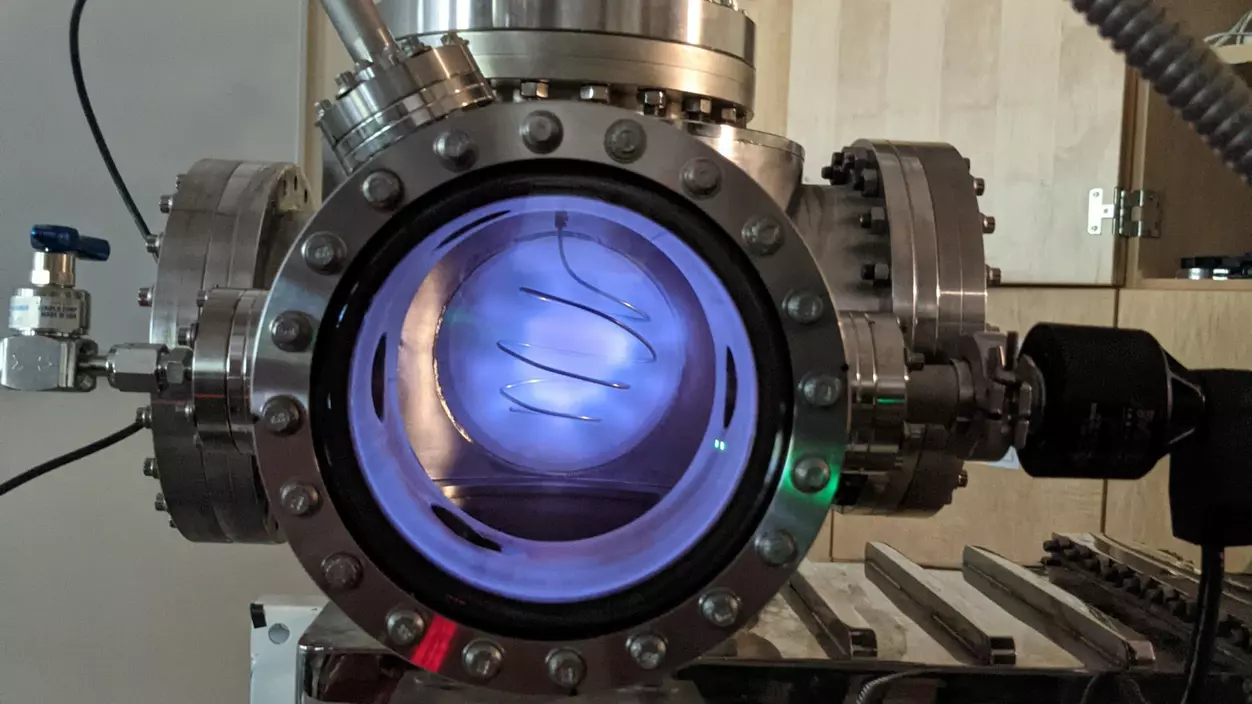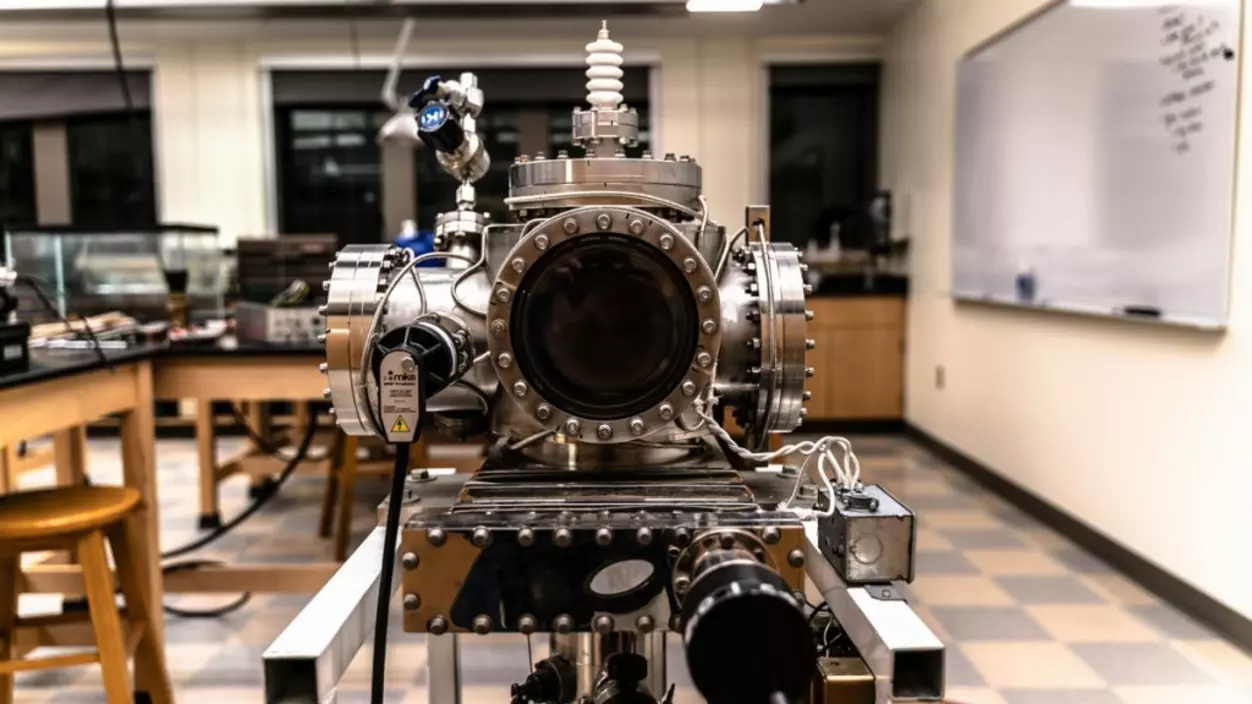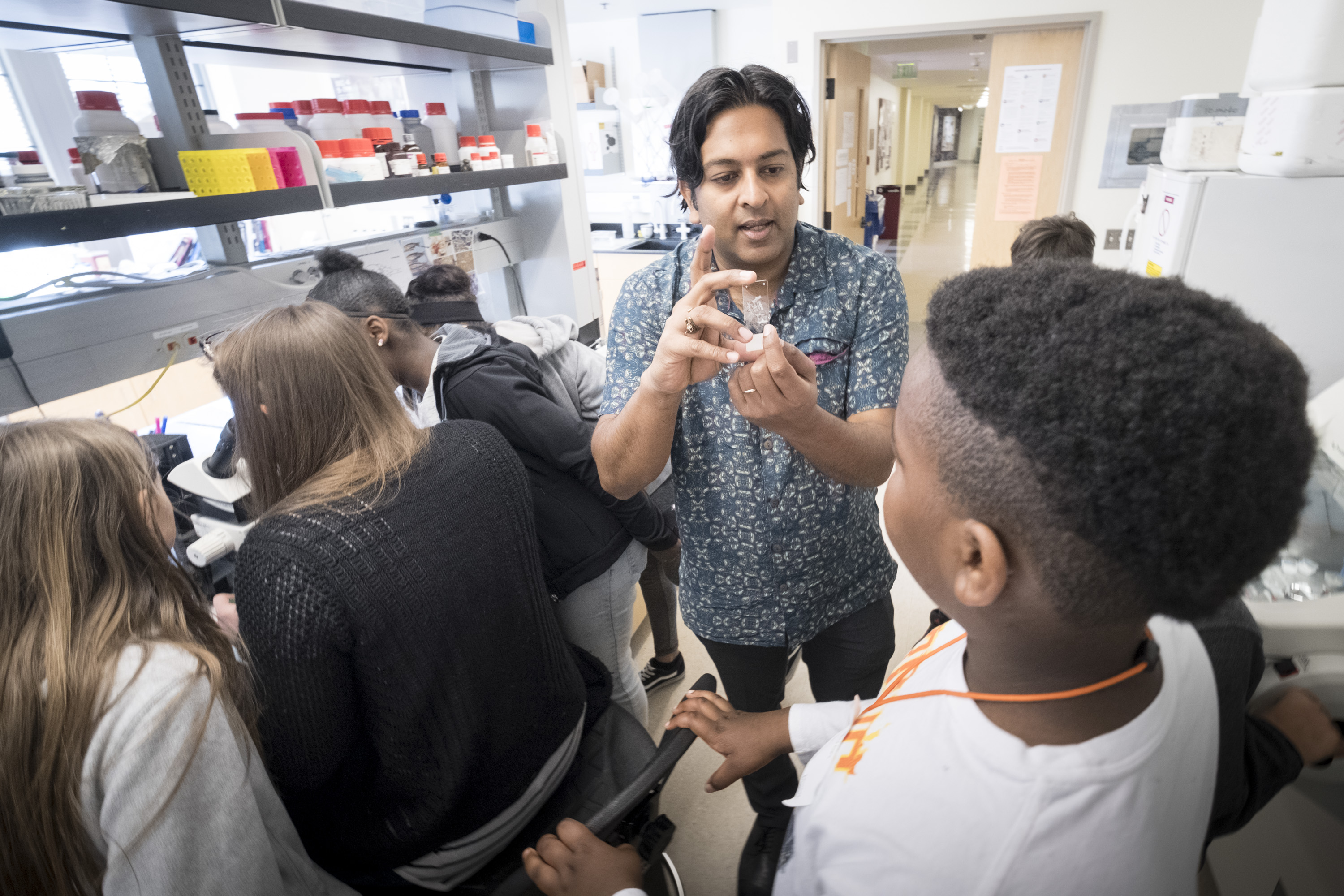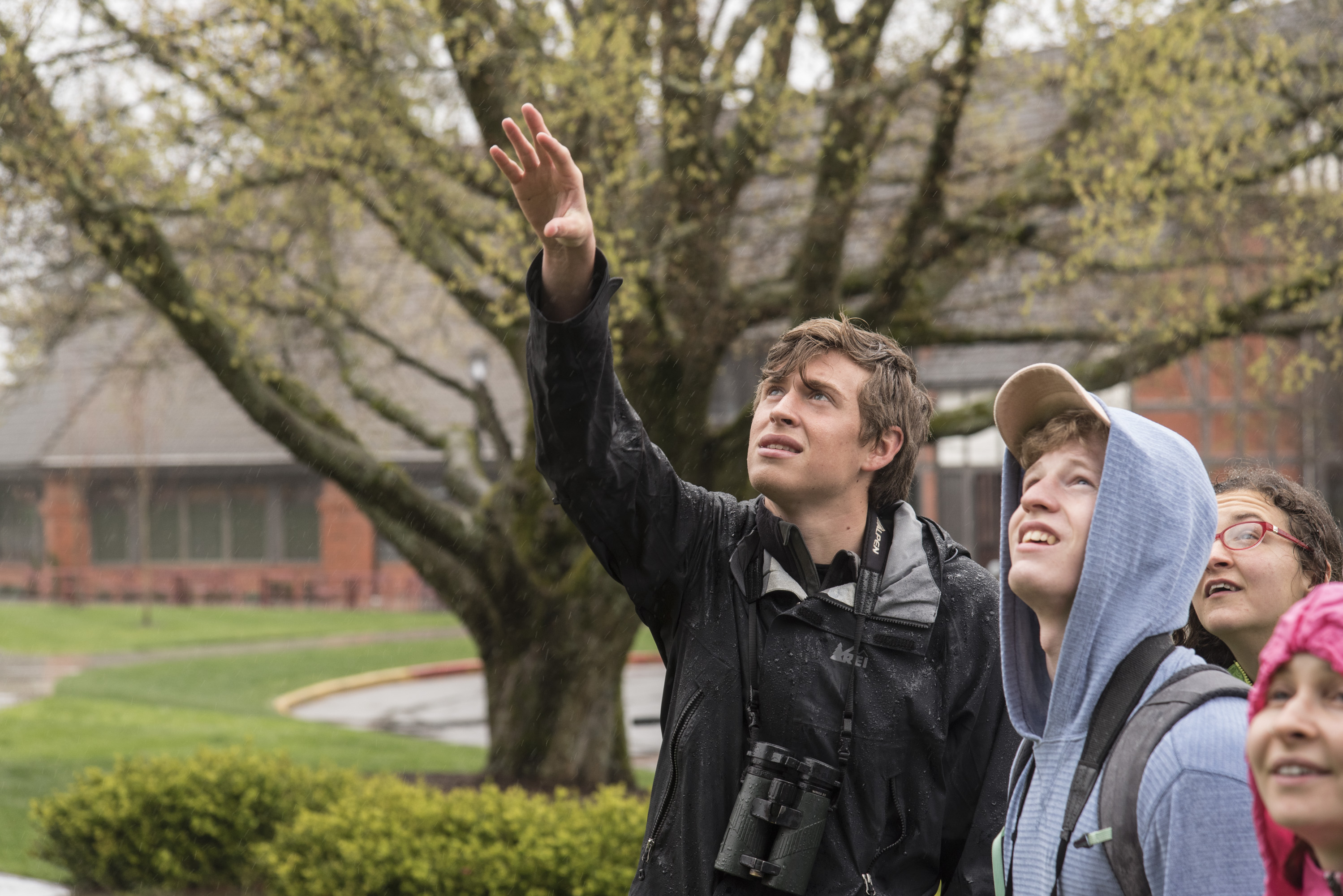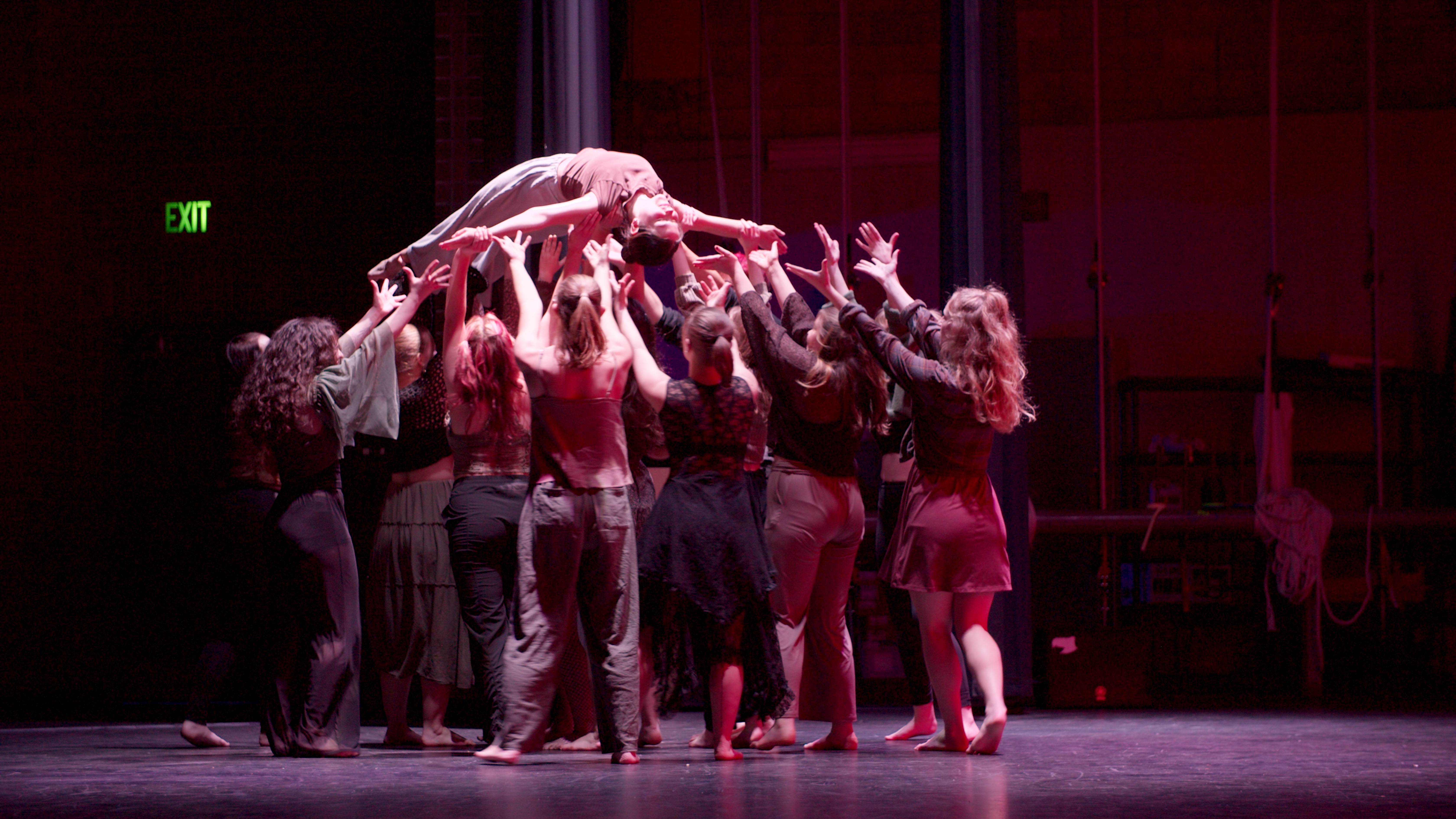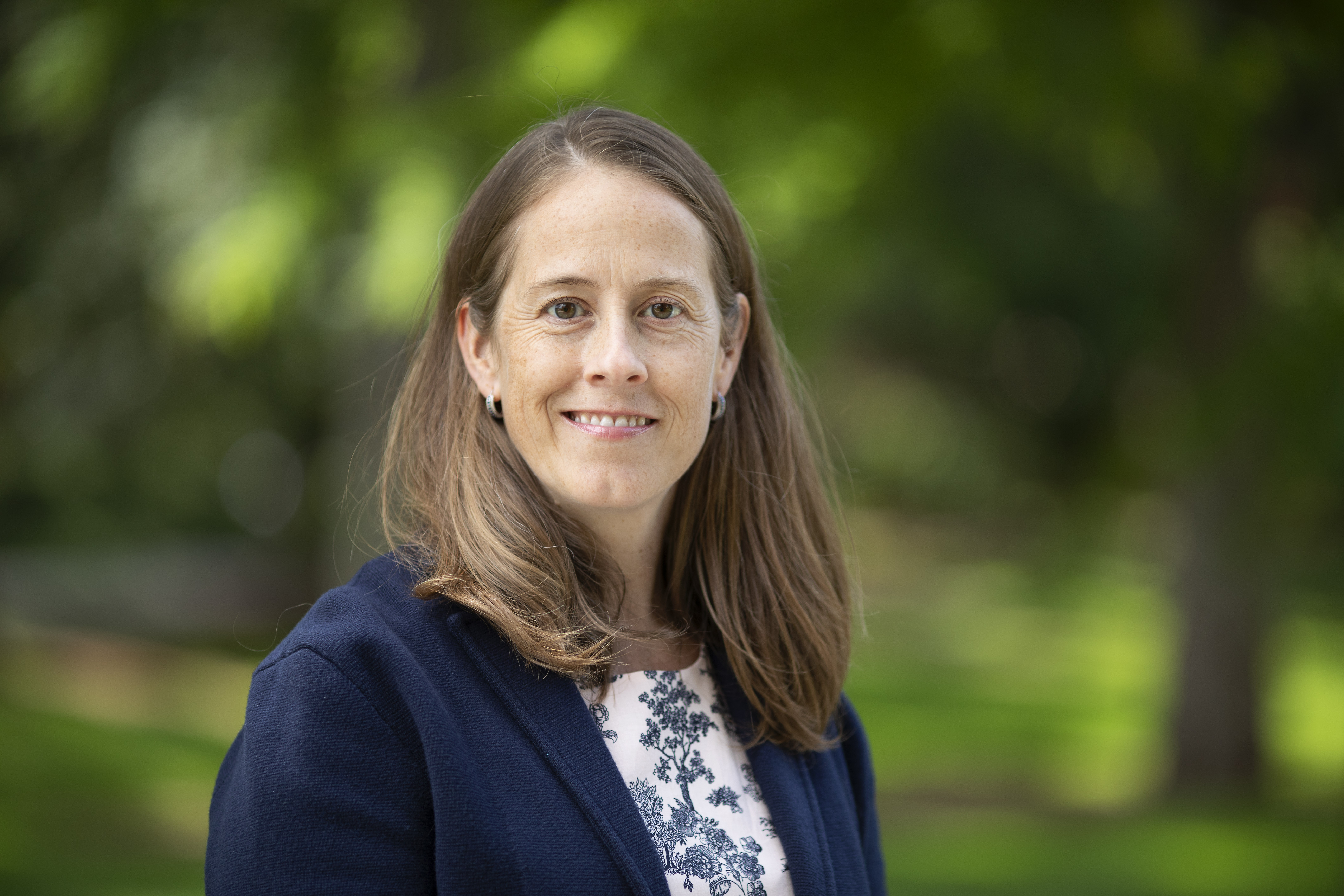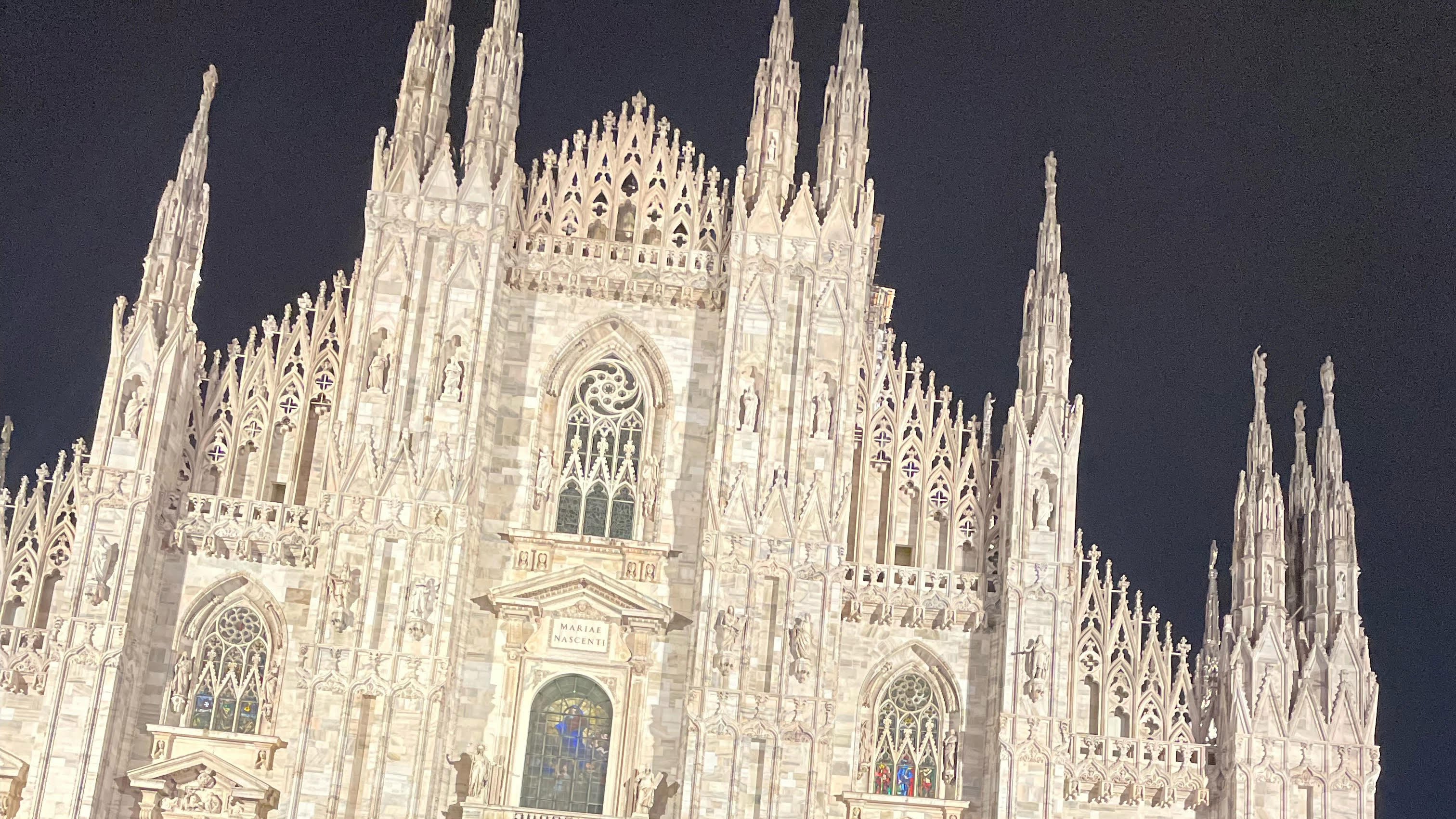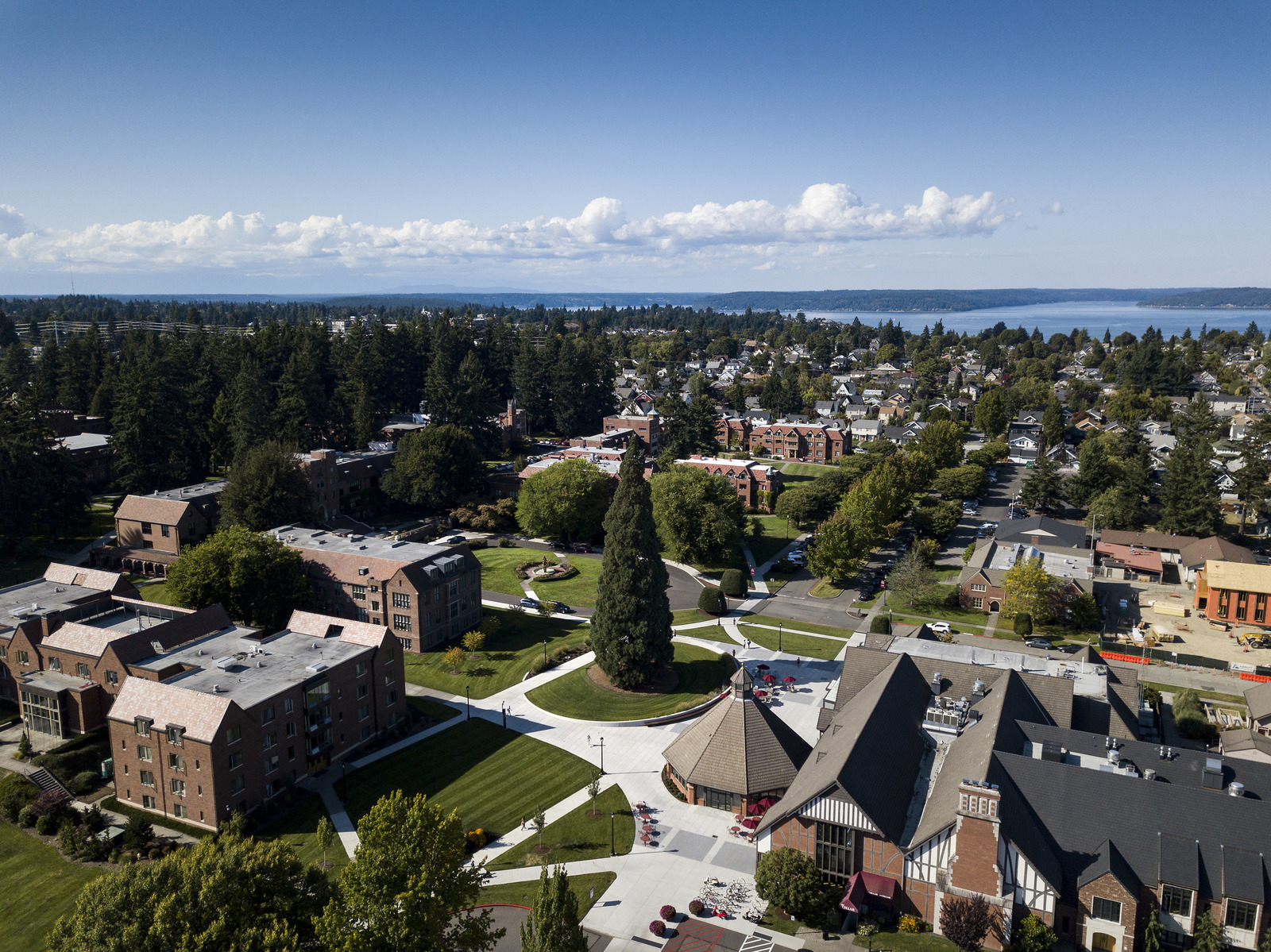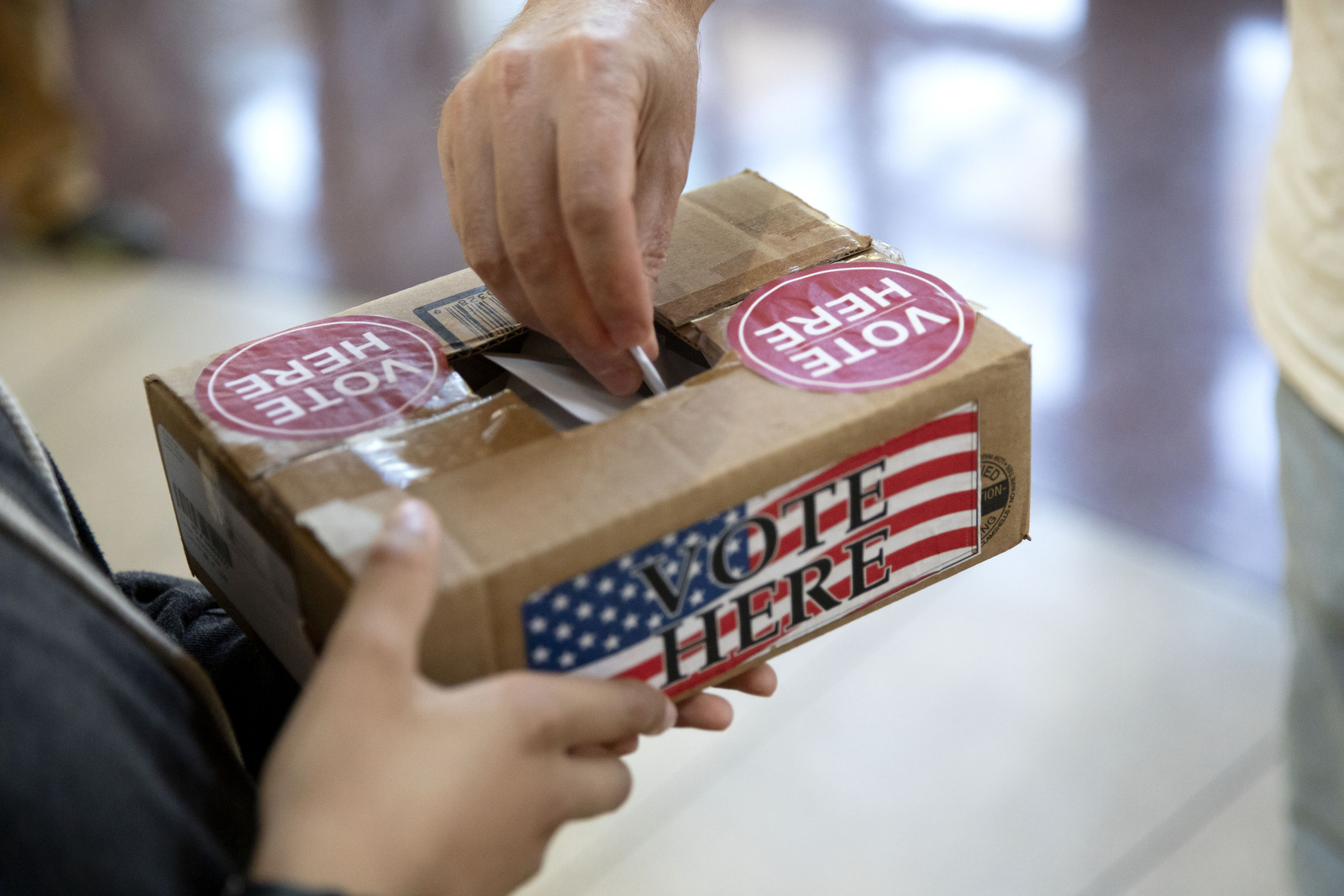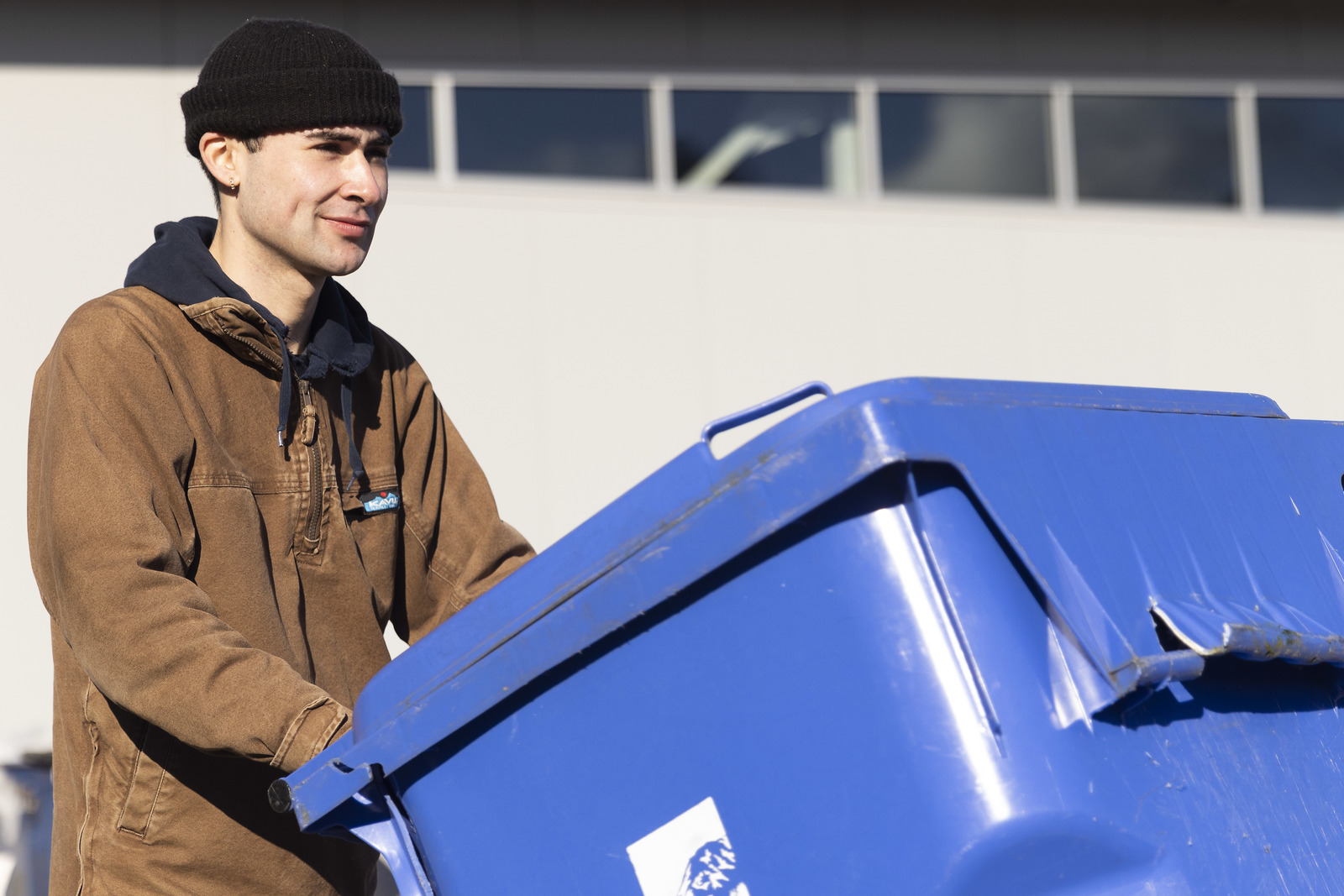Ella Slattery ’25 and her fellow students gained hands-on experience and learned about the physics of fusor devices.
Ella Slattery ’25 had only been on campus for a few weeks when she laid eyes on the plasma chamber. As a first-year student at University of Puget Sound, she was on a tour of the physics department and got to chatting with postdoctoral researcher Brett Klaasen Von Oorschot about a project he was working on with some of his students—a small, silver device connected to a mass of wires and sitting on a rolling cart.
“I’d never seen a fusor before. It was utterly fascinating,” Slattery recalls. “I immediately knew I wanted to get involved and learn as much as I could about it.”
